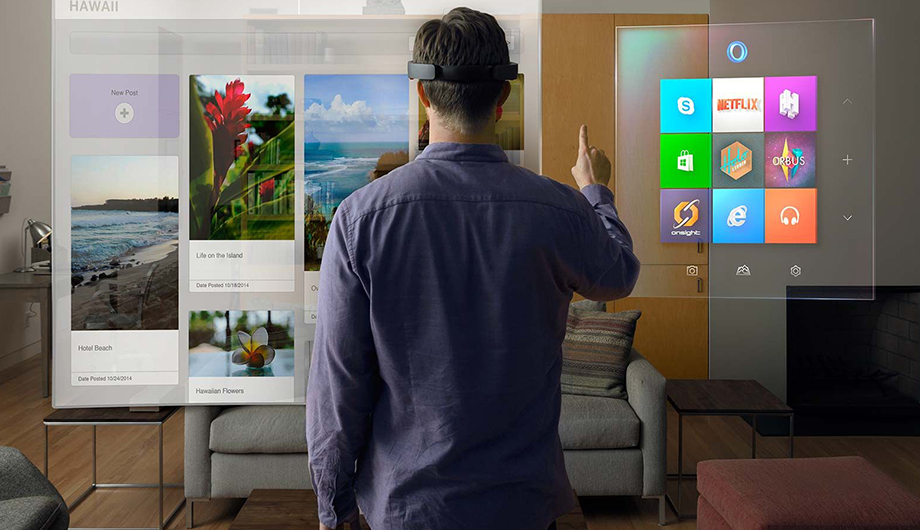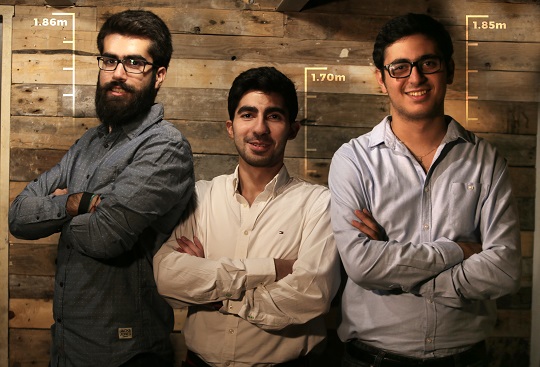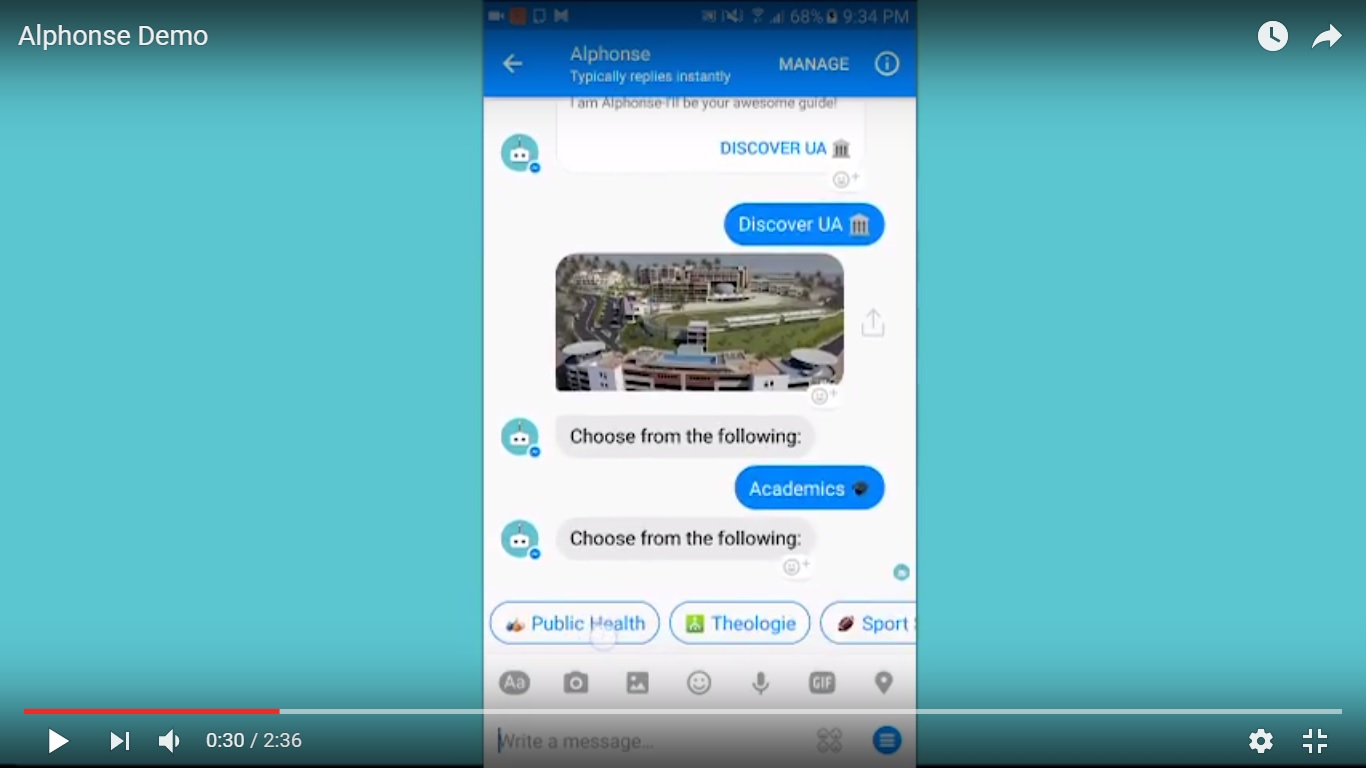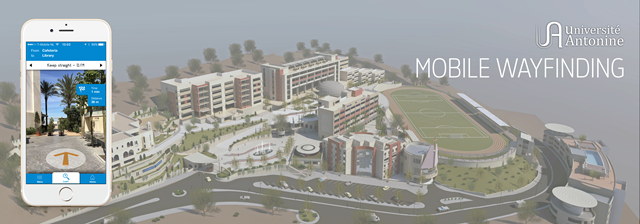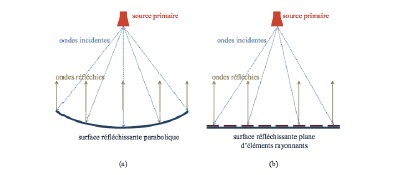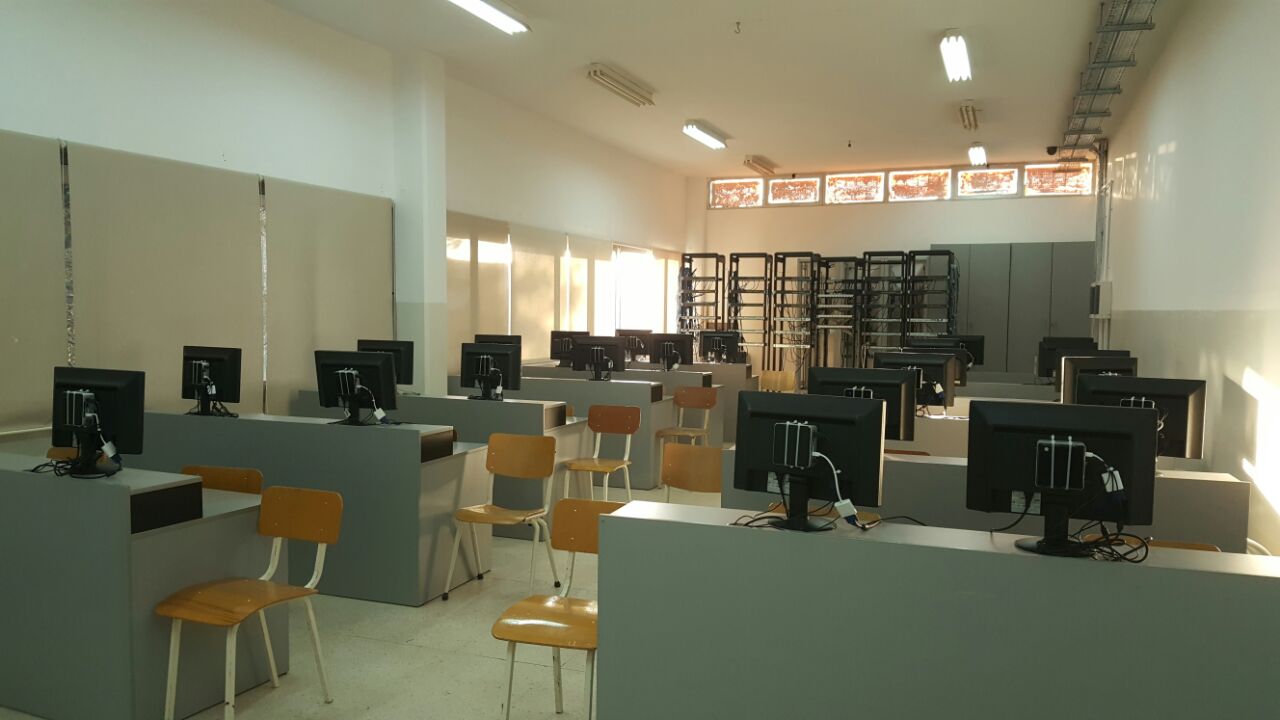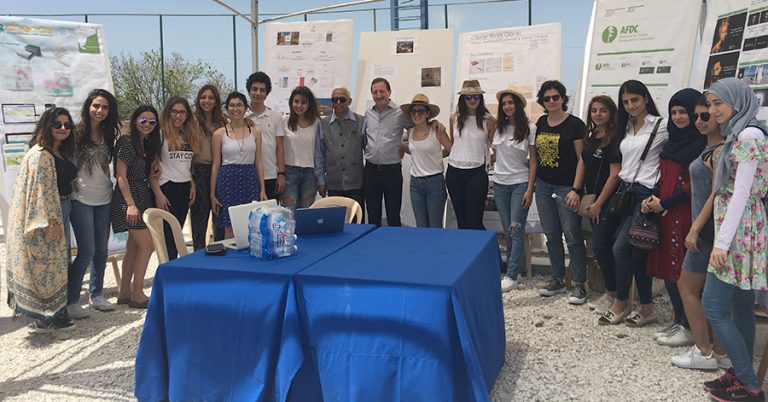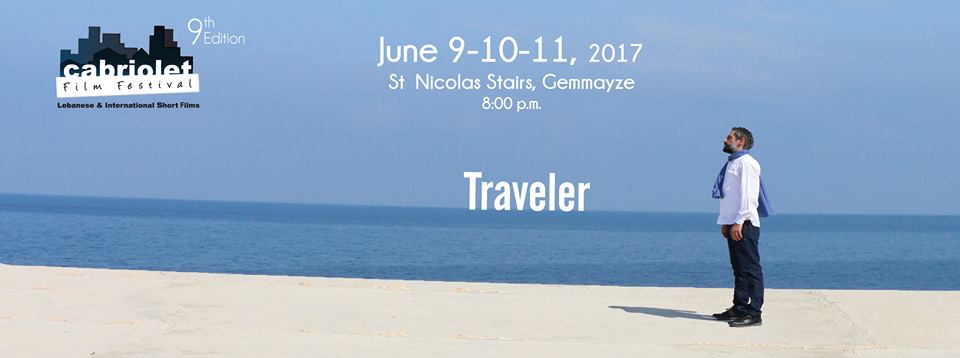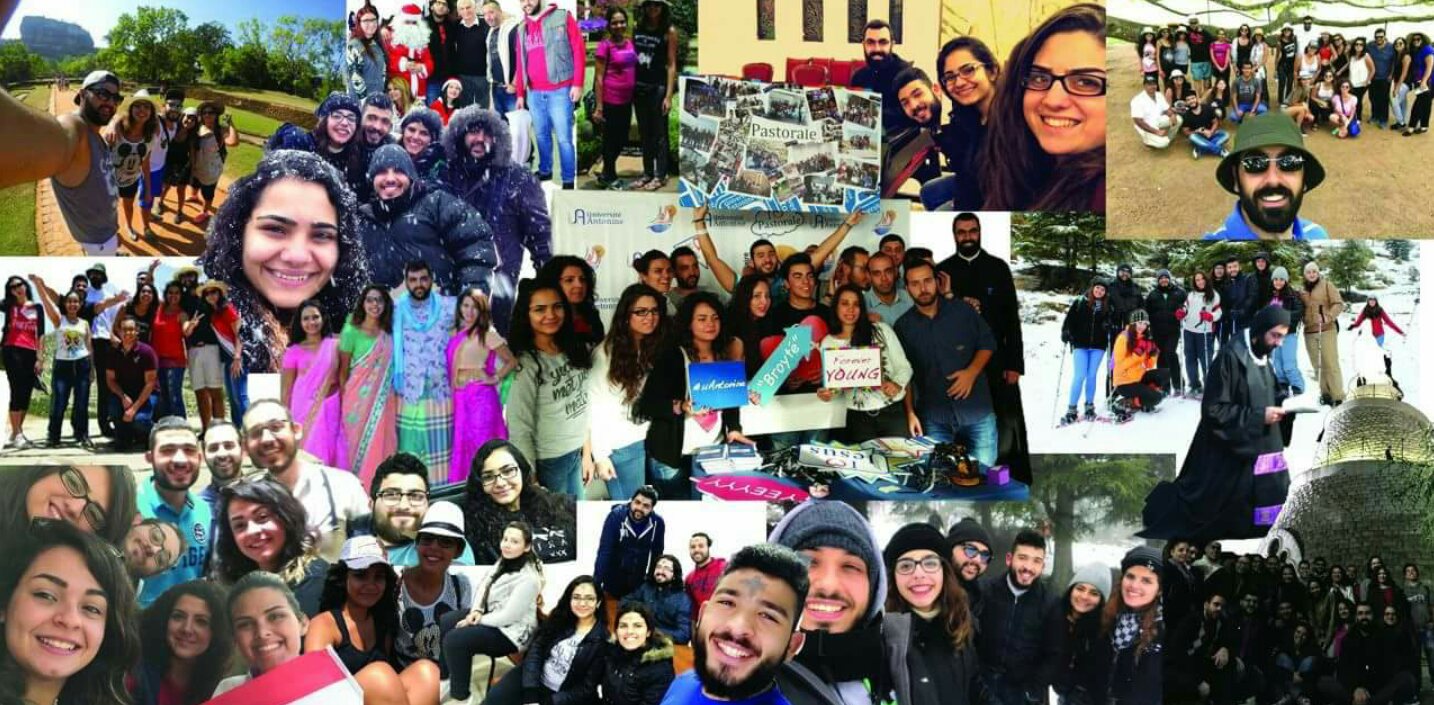Warning! The following content is about to take you into the 3rd dimension. We hope that the terms used won’t get you lost in time and space.
The definition of reality is as simple as being what is real and what exists. But things are not as simple to define when it comes to Virtual Reality (VR), Augmented Reality (AR) and Mixed Reality (MR). As Dr. Chady ABOU JAOUDÉ, Director of the Faculty of Engineering at Université Antonine explains, those 3 types of technologies are more powerful than ever and they are about to forever change the way we view reality.
VIRTUAL REALITY
Though there were many attempts in history to create Virtual Reality, it was only in the 1990s that the term became concrete and familiar to the public, thanks to a few devices that were finally being tested in the market. With the help of a headset equipped with LCD screens and powered by a computer, gaming console or a mobile phone, anyone can now jump into the “other worldâ€. Thanks to specialized software and sensors, the experience becomes your reality, especially that you can now move around in space while the image rendering works in real time.
The keyword in VR is Presence as its main goal is to transport us from the real world to a virtual one that looks as real as can be. It’s the technology that is set to see big consumer releases within the next year, in devices like Facebook’s Oculus Rift, Sony’s Project Morpheus and the Samsung Gear VR. Dr. ABOU JAOUDÉ invites those interested to the Faculty of Engineering offices where they can try Virtual Reality by wearing a helmet that will take them on full 3D tour of Université Antonine.
AUGMENTED REALITY
Augmented reality is perhaps not as fun, but definitely more useful, because it allows you to add digital information to any physical object without the need of an extra device. This makes its potential market bigger than the VR market. With the help of applications, you can scan your mobile phone on items in order to get a pop up (sound, video, graphics or GPS data) with details about that item. The colAR application for instance brings a kid’s drawing to life; InkHunter lets you try a tattoo on your skin; Yelp comes in handy for tourists who can find nearby facilities by pointing their phone to the street they are on. The list goes on and on.
As we speak, there is a major buzz around "augmented reality" thanks to the smartphone game Pokémon Go which has conquered the world last month. The game, which is mainly designed around maps, lets players find and catch characters from Nintendo's Pokémon game, in the real world. They enter an augmented reality mode in order to find their targets on their phone screens, superimposed over the real world. Although AR’s keyword is utility, this proves that it can also be fun.
MIXED REALITY
This 3rd type of reality is simply the best of both worlds, as it attempts to incorporate VR and AR into one concept. It is the youngest and least popular of all three, but once user friendly, it will take over the globe by storm. Why? Because of its’ endless possibilities, but also, because it’s the technology that is set to give the best illusion of reality. The virtual objects you see through mixed reality can change dimensions depending on the angle and the distance to look at them.
Remember Tom Cruise in Minority Report? He was wearing futuristic glasses that allowed him to add a virtual space to his own world and move things around as he liked with the simple movements of his hands.
In theory, mixed reality lets you see the real world (your office), while also seeing believable, virtual objects (your virtual desktop). And then it anchors those virtual objects to a point in real space, making it possible for you to treat them as "real," at least from your perspective.
Are you mixed up yet? Don’t worry, Dr. ABOU JAOUDÉ predicts that soon enough, this will all be part of our daily life, if we look at how fast the industry is moving in reality!

